The modern RV and four-wheel drive (4WD) are wonders of engineering. Engine systems are run by microchips as are traction control systems and every drive’s data is stored somewhere. With all this wonderful modern technology, what’s on the list for the everyday Joe’s maintenance schedule? Not a huge amount but it's still important to check things on your vehicle on a regular basis between services.
We spoke with Nick Mannell — owner of ARB Thornleigh and ARB Penrith, and certified car (and motorcycle) nut, oops, enthusiast. Nick has been setting up and servicing 4WDs for more than 30 years and has built a few race trucks, competing in the Outback Challenge and a few other events that test the limits of vehicles.
We asked Nick about maintenance that owners of modern 4WDs and RVs can undertake in their driveway — it’s good to identify a critical issue at home rather than thousands of kilometres away on a dirt road!
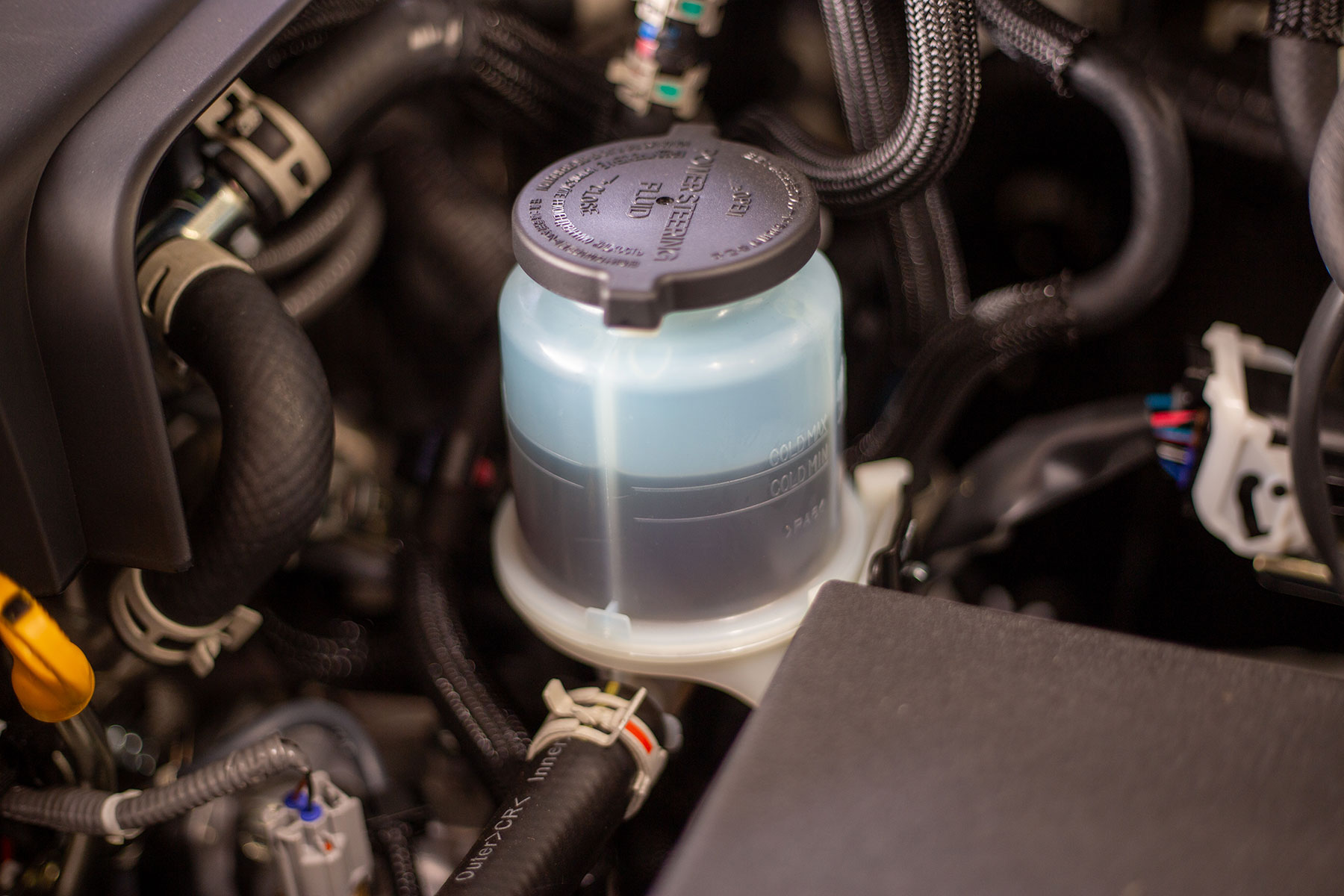


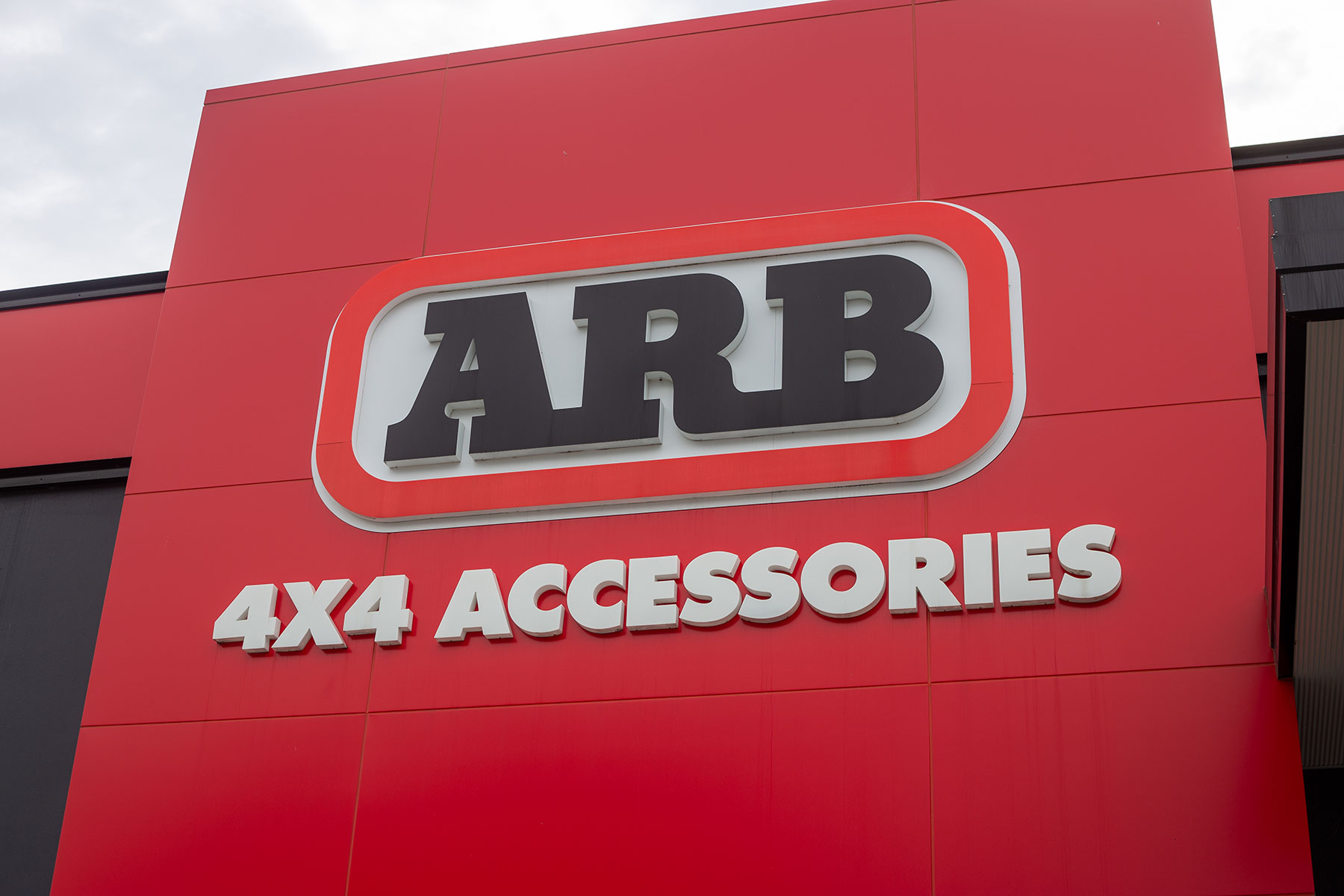
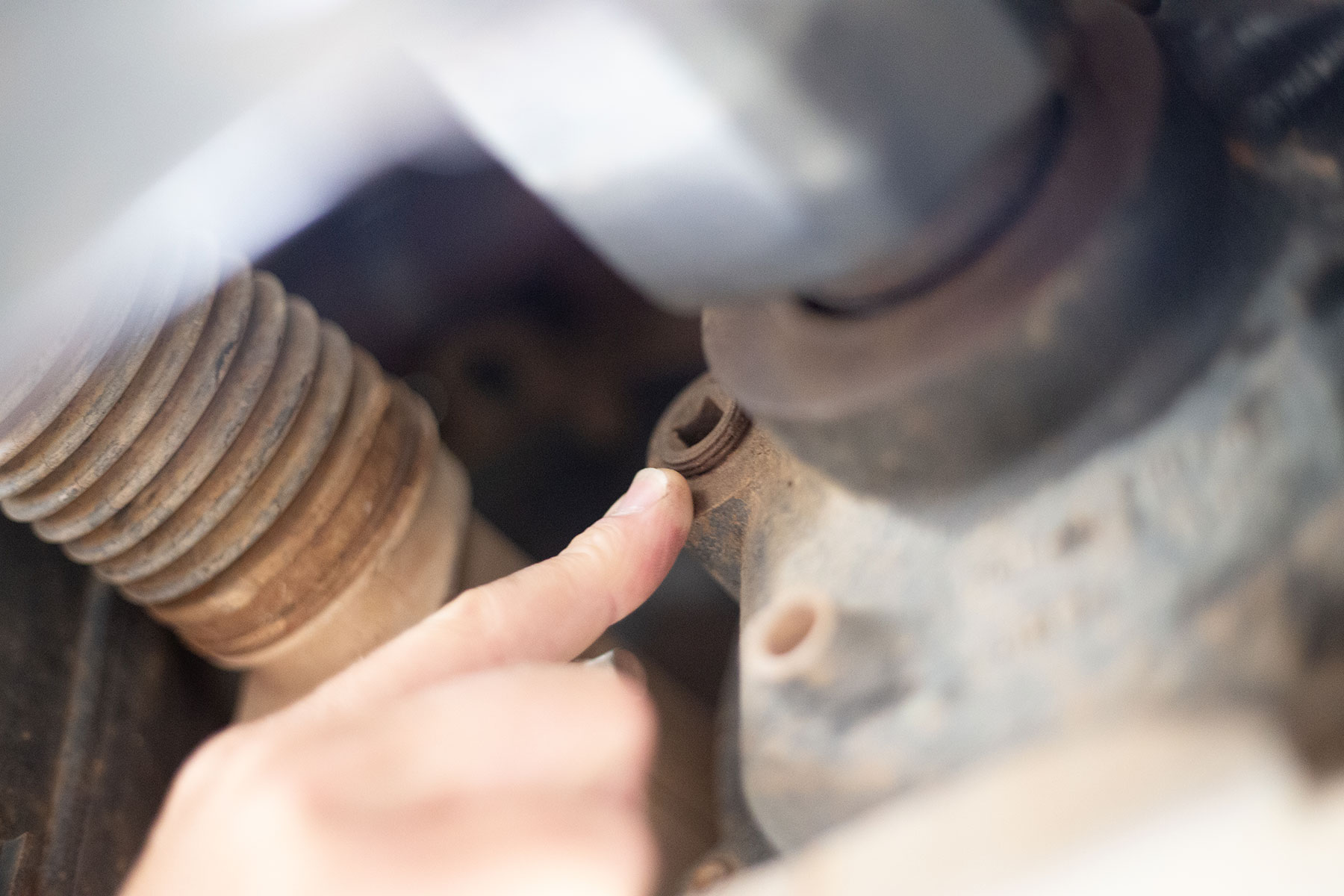
The basics like checking your fluids such as your oil, coolant, washer bottle levels and rear differential oils are generally the first step. Once you get to the gearbox and transfer case it gets a bit more complicated. You can check the brakes yourself but always make sure the vehicle is secured on a stand to remove any risk of the vehicle moving while you work on it.
Visually get under the vehicle and check for any leaks or damage. Everywhere there’s a seal, there’s a possibility of a leak occurring if the seal perishes. Also check for any grass or leaf debris buildup in areas under the vehicle. These buildups can ignite under extreme temperatures. Obviously tyre pressures are a big one to keep an eye on. Having them set at the right pressure for the right conditions is important in getting the best wear from your tyres as well as ride and handling optimisation.
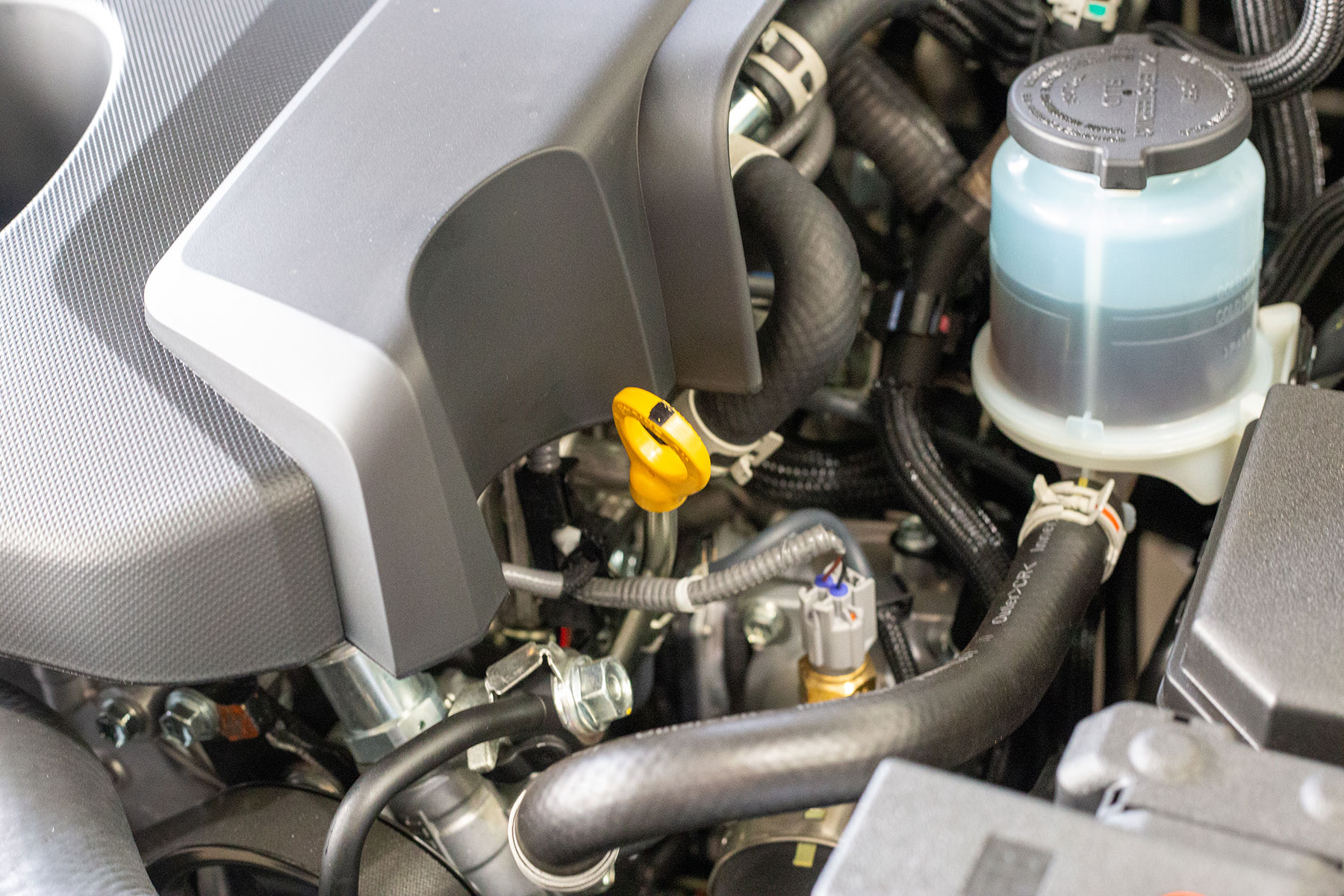
With late model vehicles there are a lot of things that can go wrong if you don't have the right tools, the right know-how or are unaware of the nuances in a particular model. If you want to access fill and drain points on the front of the differential, engine oil drain plug and engine oil filter, under vehicle protection or factory plates have to be removed to gain access to the plugs. Some vehicles (BT50 Ford Ranger) have a time limit with the sump plug out (10 minutes). If you don’t have the oil filled within this time frame, the oil pump won’t have any pressure and within a very short period the engine will fail due to lack of oil in the system. The V8 engines in LandCruisers have a plastic sleeve in the oil filter which if not reinstalled or reinstalled correctly, the oil filter can suck flat, again leaving no oil pressure and the engine failing.
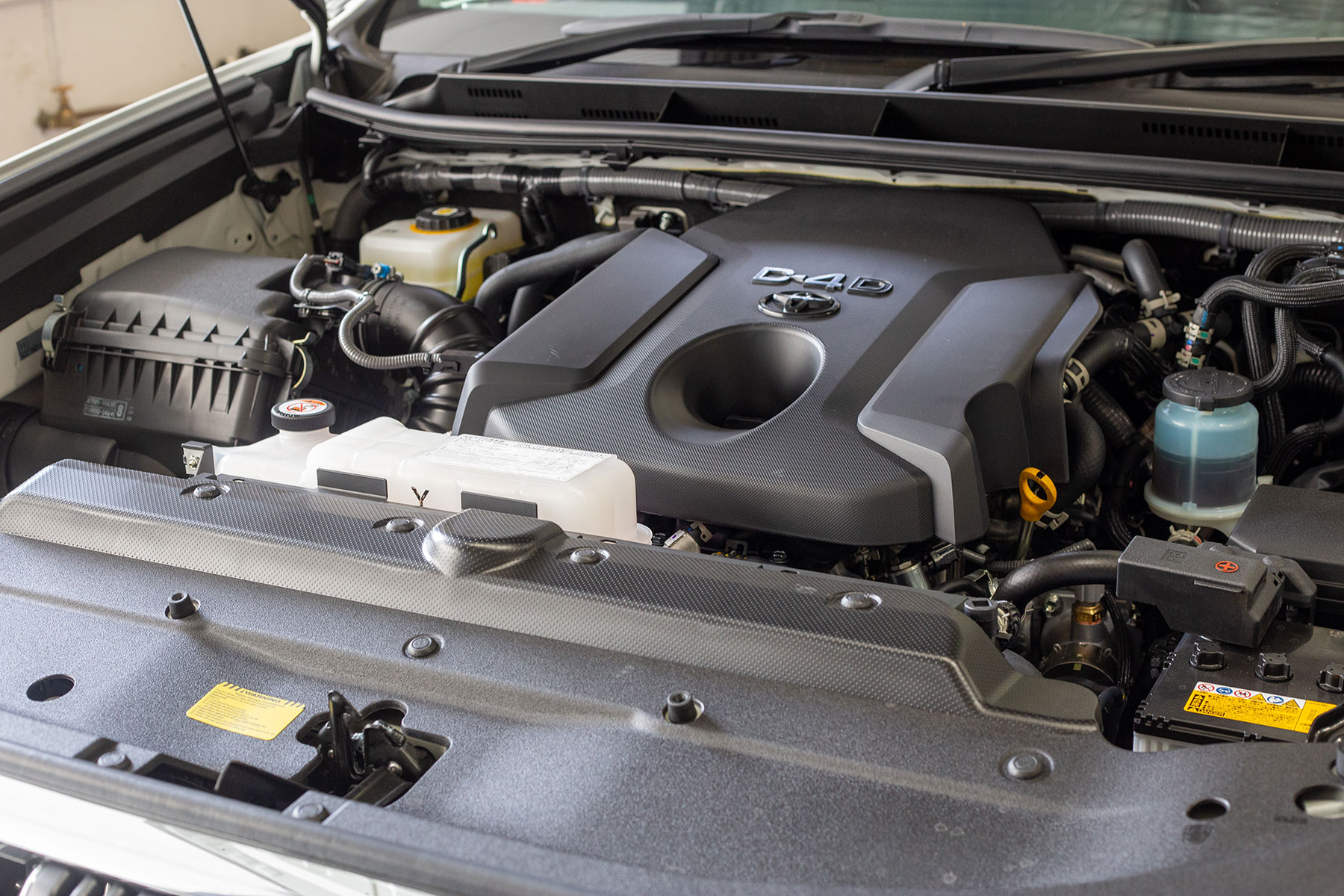
So, the best maintenance you can do is regular servicing with a specialist 4WD and RV service centre. They can identify urgent and non-urgent issues and things to keep an eye on. Particularly if you are doing a bigger trip, a pre-trip inspection is essential, and they can also help you with what spares to take with you and what you won’t need.
Regular maintenance ensures your rig stays in good condition and issues that could become even bigger are nipped in the bud as soon as they’re discovered.
Thanks to Nick Mannell for his help. Contact him at info@arbthornleigh.com.au or call 02 9980 8855 for any service advice.
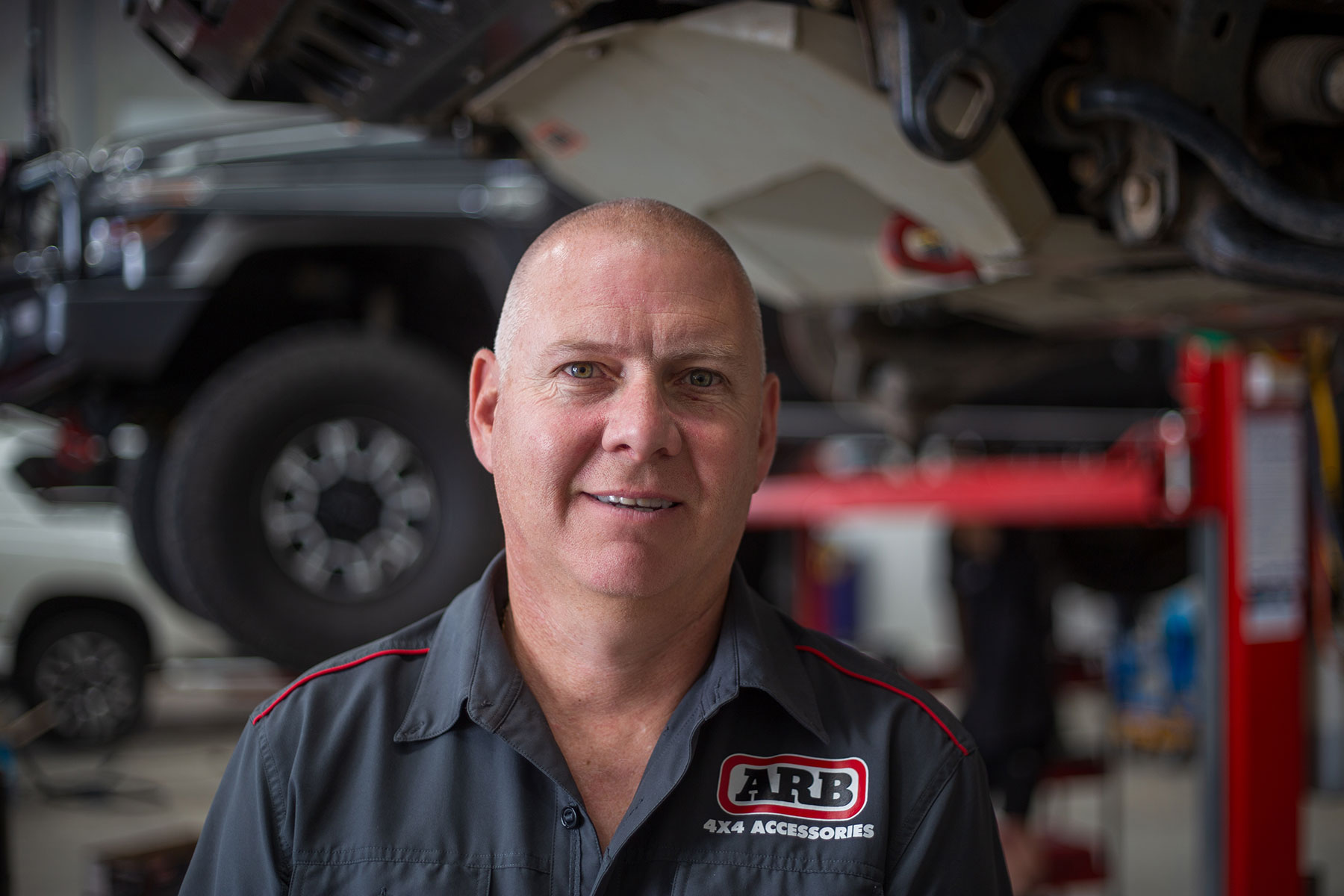
THE NEXT STEP
Are you ready to experience the freedom of the open road? Don't wait - Find your dream getaway now!
RELATED ARTICLES:
A guide to maintaining the interior of your 4WD




